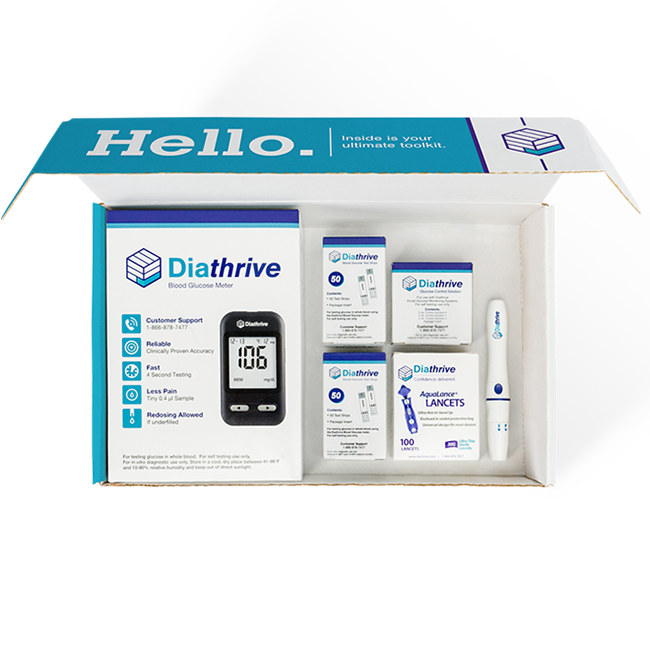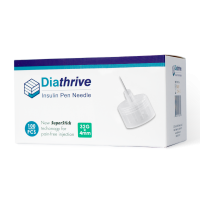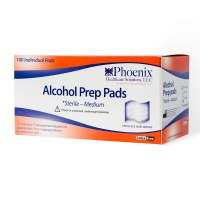
Was it a good year? Did you reach all your goals? What about your health goals?
If you are already doing amazing, this may be useless to you.
If you're anything like me, you can always stand to set some new goals. My year was spent with highs and lows, same as always. And I've never been one for New Year's Resolutions. But this year I'm feeling a bit differently. The idea is not to be too critical of me or to shame myself. That doesn't help. All that does is demotivate. I try not to tie my self-worth or emotional wellbeing to diabetes or how closely I adhere to my doctor's orders. There's just way more to life than managing diabetes. However, when I think how close I've come to reaching some of my health goals, especially after a wonderful holiday season spent with family and the chaos that comes with it all, I can't help but consider how I might stretch myself just a little further to reach them during this next year.
My New Year's Resolutions will be personal goals combined with others the health care professionals in my life have guided me to set in the past. And hopefully, if I stick to them, I can alter my lifestyle enough to make my successes stick around for a while.
Structure Your Goals
- Choose my main objective: I want to lower my A1c. My A1c is an indicator of how well I've managed my blood sugar. It isn't perfect. It isn't everything. But it is something, and it is an important indicator. I know I can lower my A1c if I set some other goals that support it.
-
Select some supporting goals:These should support my main objective to lower my A1c:
- Monitor my blood sugar more closely day to day
- Limit total carbohydrates
- Increase movement
-
Decide how to measure:How do you know if you've reached your goals? Here are the measurements I'll use to determine whether I've reached my supporting goals:
- Check my blood sugar at least 4 times daily. Doing so, I can observe my blood sugar trends and allow myself to make smarter choices about the rest of my goals.
- It is so easy to eat sugar. It's in all sorts of foods that most people don't even realize contain sugar. Aside from simple sugar, other carbohydrates are lurking in interesting places as well. I don't personally believe it is important to remove all carbohydrates from my diet. I've tried, and it just doesn't work for me. But, I do strongly believe in mindful eating and reducing carbohydrates. Measuring carb-reduction can be as simple as a "yes" or "no" to a question I ask myself at every meal or snack: "Can I reduce these carbs without feeling deprived?" If eating out, the answer can be "yes" by getting a side salad instead of fries or getting a burger wrapped in lettuce, rather than bread, to go with my fries. I can reduce carbs in one part of each meal to go with my preferred carbs.
- There are great ways to increase movement daily. Whether I schedule time for an actual workout or park further away from the door of every place I go, the effort adds up. I can also use common devices to track extra steps or workouts. Both Android and Apple smartphones and wearables can usually track simple health data. My daily average steps for last year were just shy of 5,000 daily. So, I'm going to set my goal to 5,500 steps daily and choose to add activities to my week that will help me increase steps. See tips from Jewels Doskicz, RN, on how to boost your diabetes health.
Of course, I'm only calling these new year's resolutions because it is the beginning of January. Really, all I'm doing is choosing to set some new health goals and it just happens to be in January. I know that if I reach my goals I can get my A1c down because I know my body and my diabetes well. I also know where I make excuses and relax on my diabetes management. Barring difficult sidetracks like diabetes burnout, my goals are achievable. What goals do you want to set this year?





